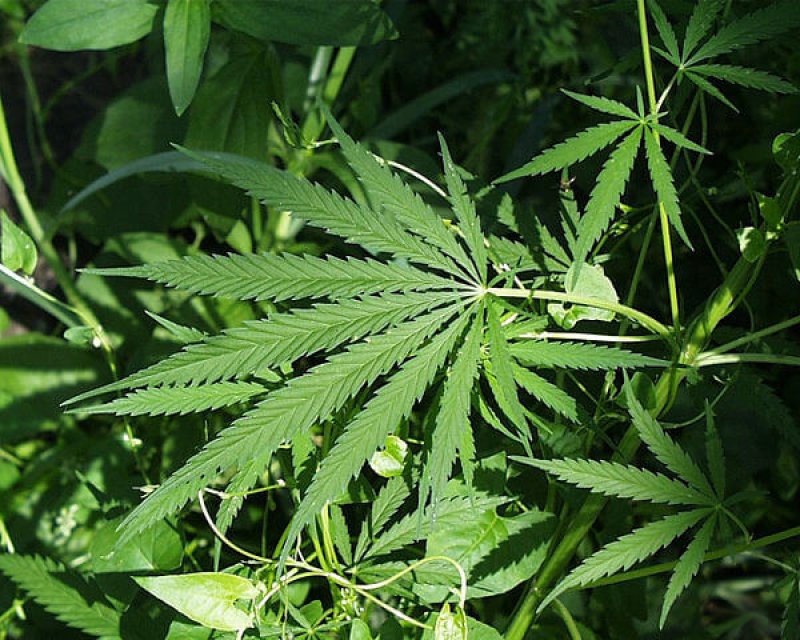The GLP aggregated and excerpted this blog/article to reflect the diversity of news, opinion and analysis.
A team of researchers at Phylos Bioscience launched the Cannabis Evolution Project last year in an effort to map the genetic structure of marijuana, effectively protecting the biodiversity of cannabis from corporate interests, such as Monsanto, which might be tempted to capitalize on legal weed by securing exclusive patents on select strains.
For years it has been rumored that Monsanto, a multinational agrochemical corporation, was developing genetically modified cannabis in advance of federal legalization.
Supposedly stowed away in secret labs around the U.S., these marijuana GMOs would threaten the diversity of marijuana agriculture and put the company in a position to profit wildly once the government gave its final approval. It is clear according to varying reports, that it is only speculation.
According to High Times, “…once the cannabis industry goes national, … there will be no stopping the inevitability of cannabis becoming a prostituted product of mad science and shady corporate monopoly tactics.”
Dr. Mowgli Holmes, the co-founder and Chief Scientific Officer at Phylos Bioscience, said he was leading the organization’s efforts to create the DNA blueprint of various cannabis strains—in part because he hoped to keep pot “in the public domain,” outside of the privatized sector that would imperil the bud’s biological potential. In effect, this would “piss off Monsanto,” he said, much to the satisfaction of the audience.
Monsanto released a statement, saying that it “has not and is not working on GMO marijuana.”
Read full, original post: Scientists fear legalization will lead to GMO marijuana































